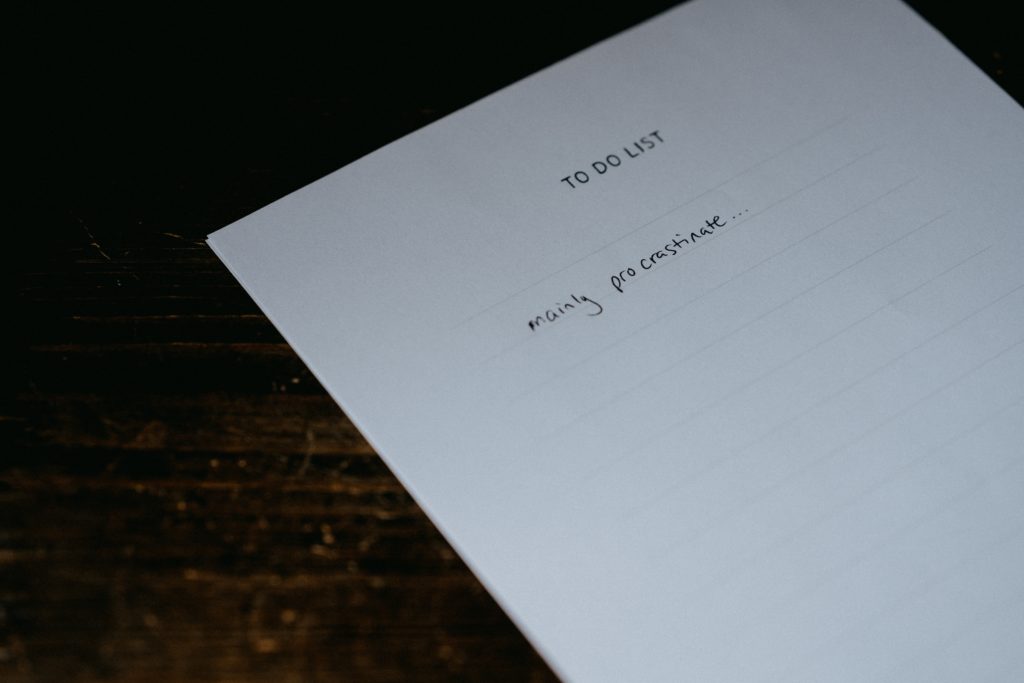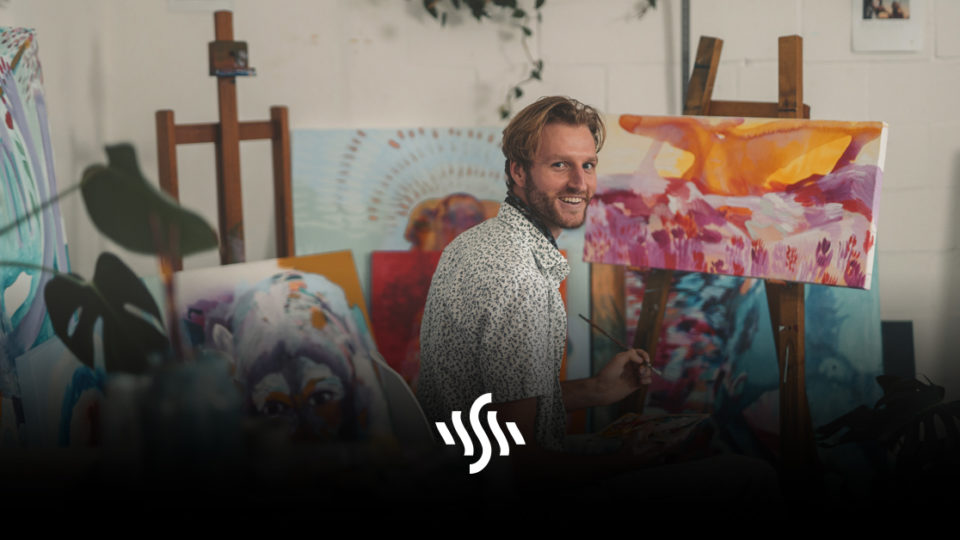How to Finish Something | The Art of Stepping Back
Getting started on a project can be hard. But, once you get going, knowing when it’s done is the real challenge. Here’s how to finish something and feel satisfied with the result!
You might be a creative who is full of energy and motivation. When faced with a new project, hesitation might completely evade you, and you get cracking right away. Alternatively, you may be the type of creative who struggles with inertia. Getting going with a new project might take some time, before you get into a pleasing flow.
Regardless of which type of creative you are when it comes to starting a project, a huge majority have something in common when it comes to completing something. They don’t know when to.
Fashion icon CoCo Chanel once said, “before you leave the house, look in the mirror and take one thing off.” The idea that it’s always better to be underdressed and that less is more can be applied to creative projects. If you keep going by throwing more and more at something, the original idea or impact you were trying to make can be diluted or lost.
It can be a little more difficult to take things away once you’ve done them. Whether that’s because what you’ve done is irreversible, or you simply can’t face erasing something you spent precious time on, it’s probably easier to just know when to resist adding more in the first place.
We’ve put together some tips to help you recognise when it’s time to finish something, and take a step back before you start wasting your own time.
Get Reference Points

Different people work and create very differently. Even so, it can be helpful to chat to other creatives in a similar field to compare their processes to your own. For example, you could find out how long a fellow songwriter spends mixing a track, and the key things they focus on.
Of course, different projects will call for a different amount of work. But, getting a ballpark figure of how long something should take can help you recognise when it’s time to move on.
Revisit the Brief
Whether you’ve been hired on a freelance basis to edit a video for a client, or you’re working on a project for university, refreshing your memory now and then can help. If you feel yourself being lured down rabbit holes, go back to the original brief and examine what you’ve done so far.
Added extras and embellishments are great, but only if they serve a purpose. If your creation is ticking all the boxes on the brief, and you’re happy with how it’s looking or sounding, you probably don’t need to add much more.
Split Up Projects

Whilst creating something, it’s normal to get inspired by things along the way. The danger here is that you can end up trying to incorporate too many different ideas or styles into one project.
Before you start shoehorning things in, consider whether it will actually work in your current project, or whether it’d be better to put that thing to one side and give it its own project. This way, you’re more likely to finish something – or multiple things – rather than
Compare Your Work
Normally, comparison can be a hindrance. When it comes to social media, part of staying safe online is avoiding damaging and unrealistic comparisons. However, if you’re creating content for YouTube or making a feature film, looking at previous work (either your own or from others) can help you gauge how finished you are.
You don’t want your creation to be a carbon copy of someone else’s, and pushing barriers and trying new ideas is part of being creative. But, checking out similar style work can tell you if you’ve got the fundamentals covered and whether your current piece could be happily viewed as finished.
